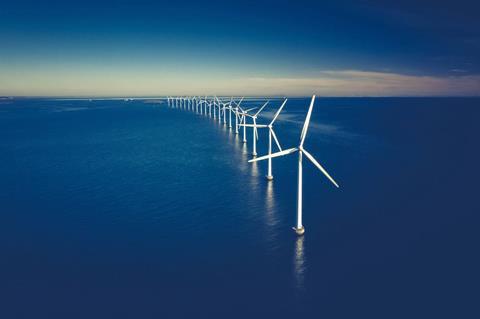Offshore wind energy is a critical component of Europe’s energy transition plans, but a supply headache could be on the horizon for the industry before the end of the decade. Analyst Rystad Energy suggests that by 2028 the demand for offshore turbine towers will outstrip manufacturing capacity.

Rystad Energy’s offshore wind capacity outlook shows that wind tower manufacturing capacity will keep pace and exceed demand before 2028. However, that year is the turning point, and in 2029, demand will surpass manufacturing capacity by a significant margin. Steel demand for offshore wind towers will total more than 1.7 million tonnes in 2029, but manufacturing capacity will be a maximum of around 1.3 million tonnes, meaning supply can only meet about 70 percent of demand.
To reverse this trend, manufacturers need to initiate expansion in the next two years, since it takes between two and three years to build new facilities.
These forecasts assume no major events that could result in steel shortages. Alexander Flotre, vice president at Rystad Energy, said: “Turbine sizes keep growing as the importance of offshore wind to the global power grid accelerates, and tower demand is projected to surge accordingly. This is a golden opportunity for manufacturers to capitalise on increased demand, but new capacity needs to be added imminently if Europe is going to avoid a supply headache.”
While the average turbine capacity fixed in Europe in 2023 is expected to reach almost 10 MW, Rystad Energy estimates that 50 percent of the total turbines installed between 2029 and 2035 will be bigger than 14 MW, with some projects forecasting to build 20 MW at the beginning of 2030.
















